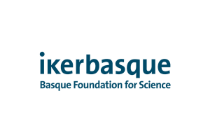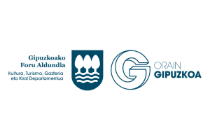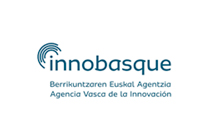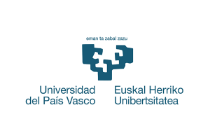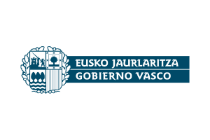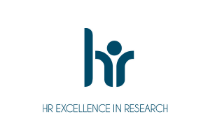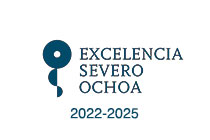 Hizlari gonbidatua: Fernanda Ribeiro. DeepRetinotopy: A general approach for predicting topographic maps of the human visual cortex from brain anatomy at scale
Hizlari gonbidatua: Fernanda Ribeiro. DeepRetinotopy: A general approach for predicting topographic maps of the human visual cortex from brain anatomy at scale
Fernanda Ribeiro. DeepRetinotopy: A general approach for predicting topographic maps of the human visual cortex from brain anatomy at scale
What: DeepRetinotopy: A general approach for predicting topographic maps of the human visual cortex from brain anatomy at scale
Where: BCBL Auditorium and Auditorium zoom room (If you would like to attend to this meeting reserve at info@bcbl.eu)
Who: Fernanda Ribeiro, PhD, Posdoctoral Researcher, Justus-Liebig University Giessen, Germany
When: Thursday, Feb 19th at 12:00 PM noon.
The visual system comprises several functionally specialised cortical visual areas, where adjacent neurons represent adjacent retinal locations, resembling continuous gradients mirroring the visual world. Although estimating these retinotopic maps has traditionally relied on empirical fMRI data (i.e., measurement), there is substantial interest in predicting these maps through computational models owing to the high scanning cost, time, and expertise required to measure them. Computational models offer a powerful alternative when functional data is unavailable (e.g., in historical data from healthy participants) or of insufficient quality. To address this bottleneck, we developed a deep learning framework that predicts individual-specific retinotopic maps from brain anatomy alone, providing the first scalable approach to topographic mapping and establishing a foundation for extending this framework to other sensory cortices and systems. Our toolkit integrates standard neuroimaging software (FreeSurfer 7.3.2 and Connectome Workbench 1.5.0) for anatomical MRI data processing and a deep-learning model for predicting retinotopic maps at the individual level. These components are packaged into Docker and Singularity software containers, which can be easily downloaded for local use and are available on NeuroDesk. Our toolkit can generate detailed, individual-specific retinotopic maps. Moreover, we demonstrate the scientific utility of our toolbox through diverse applications that showcase its potential to enable new discoveries in neuroscience.
